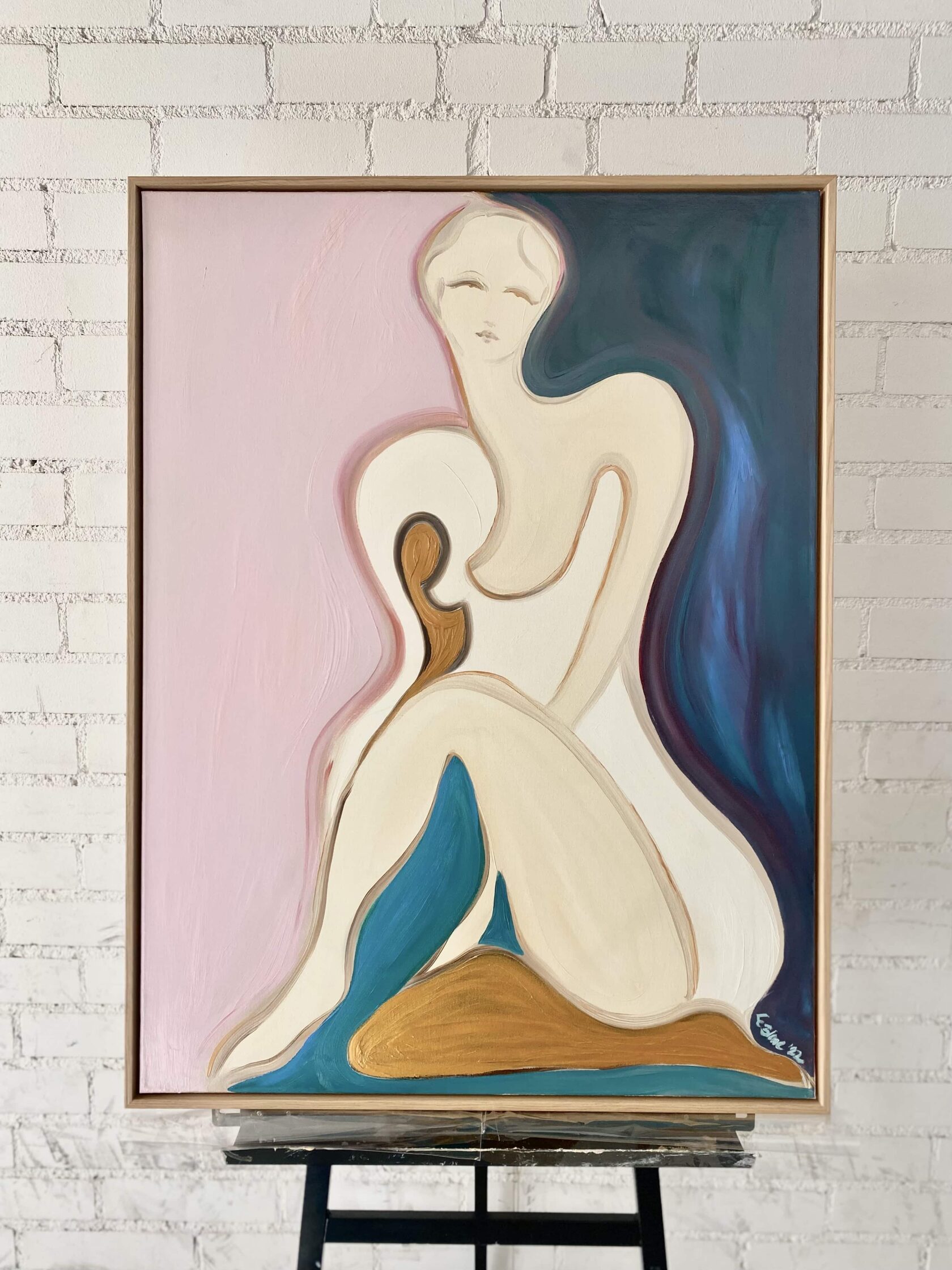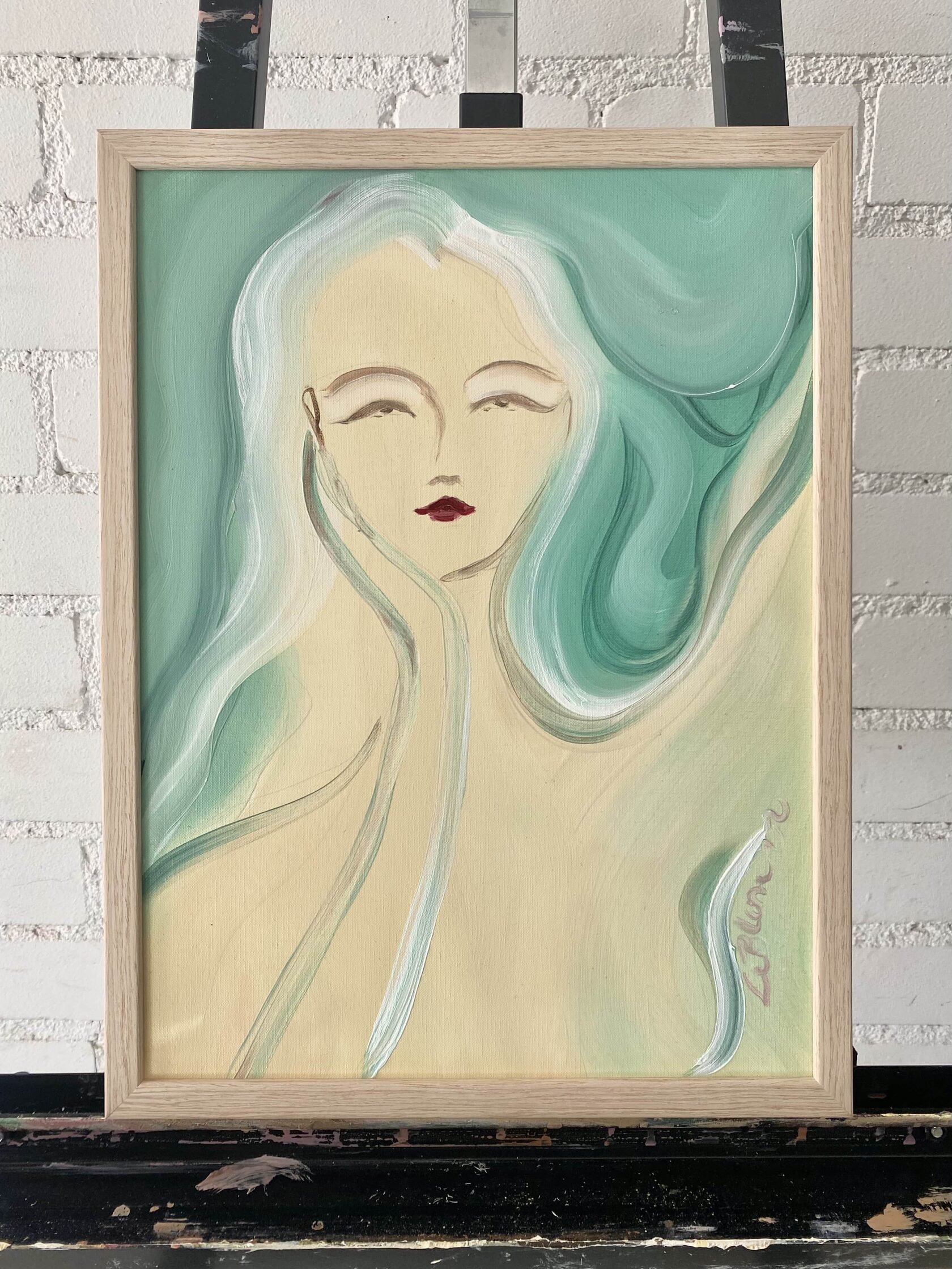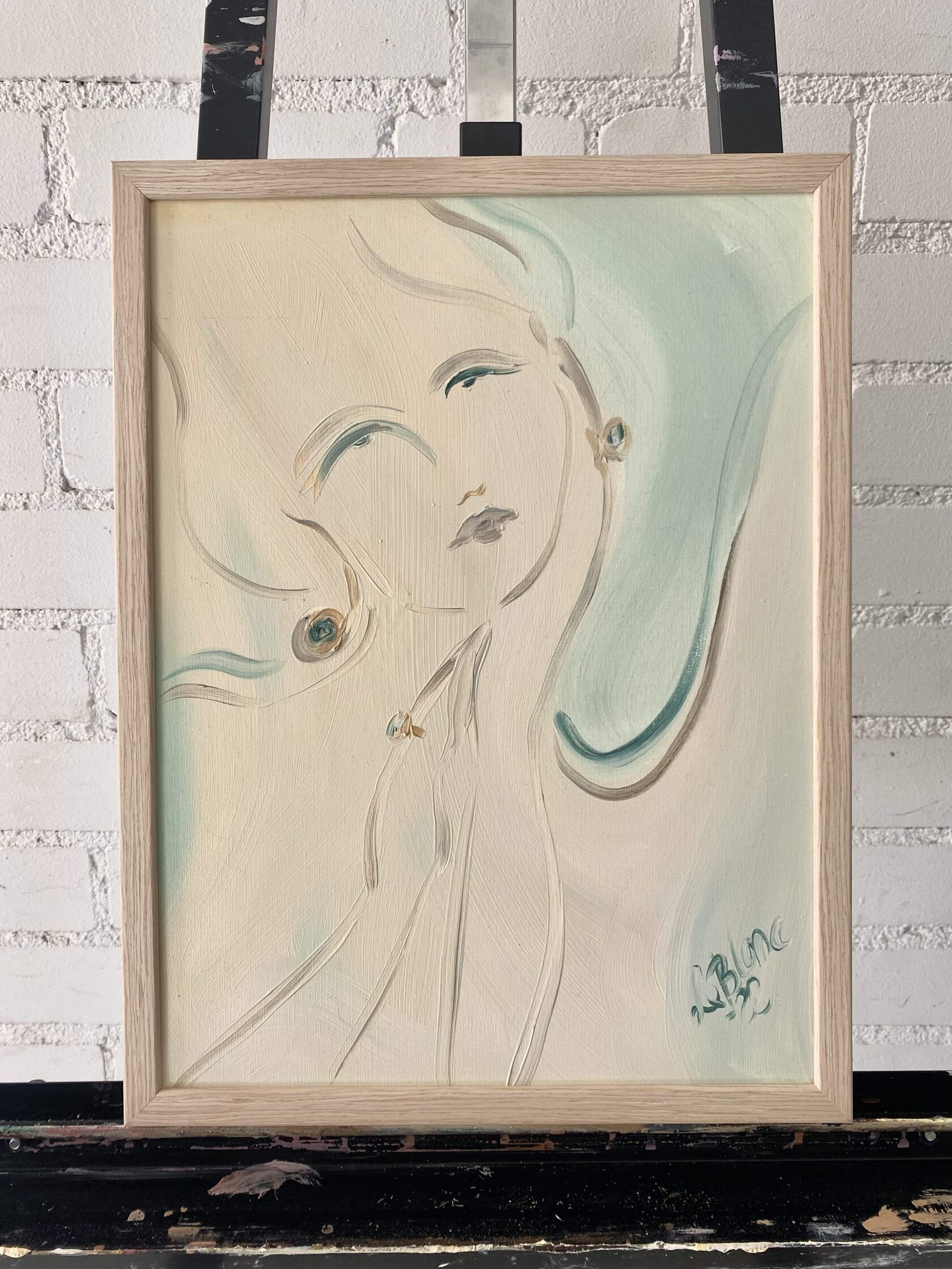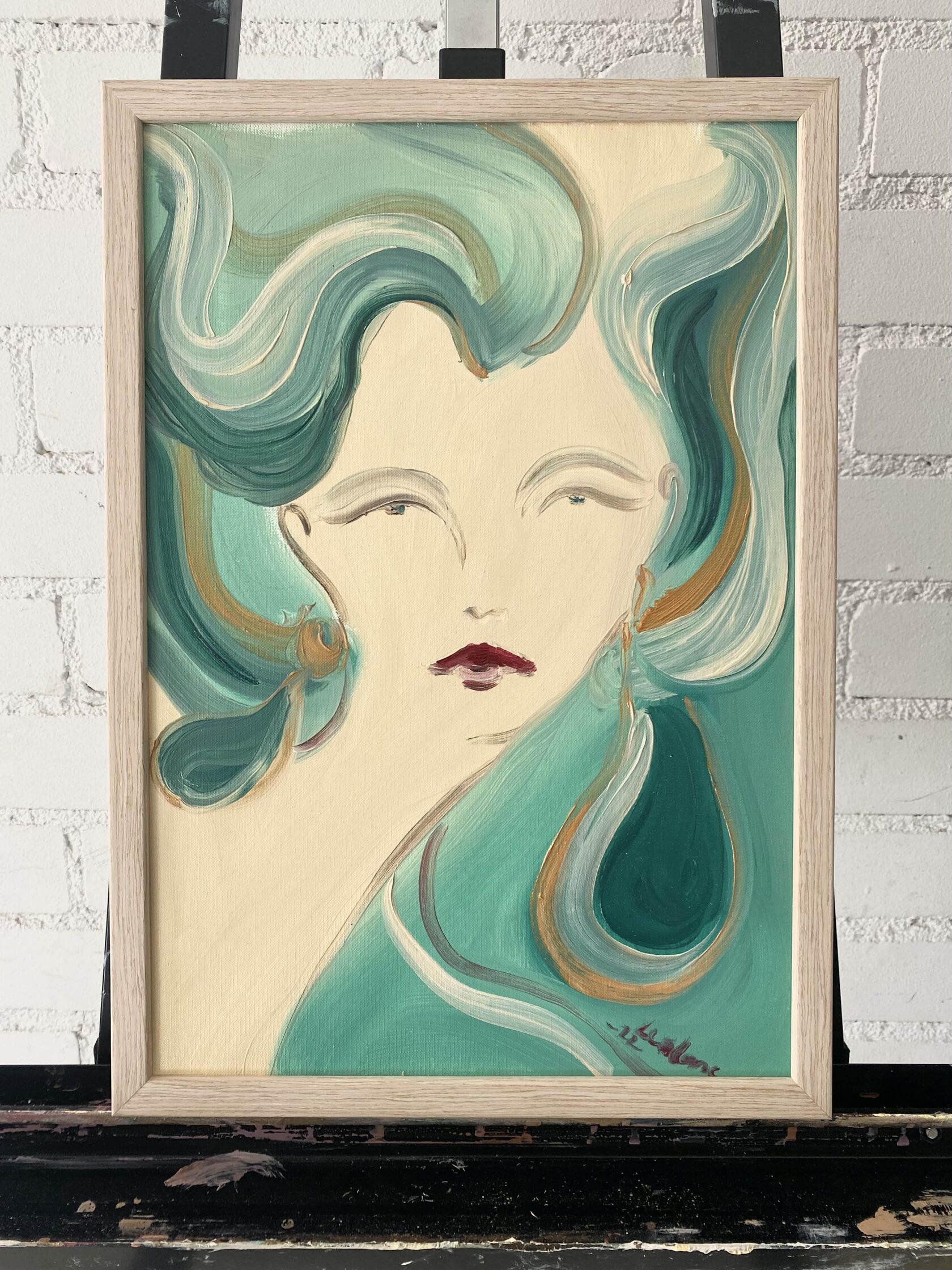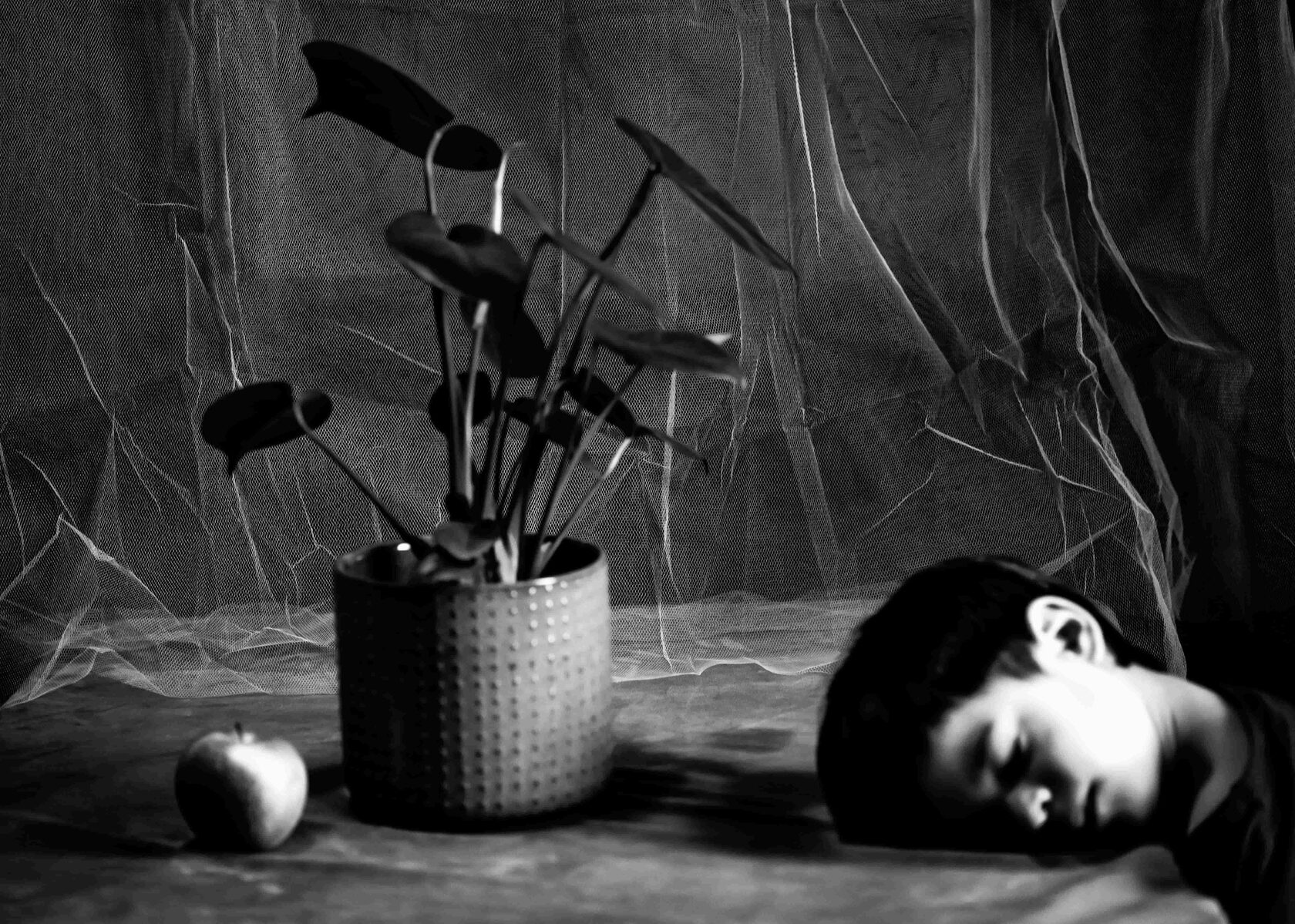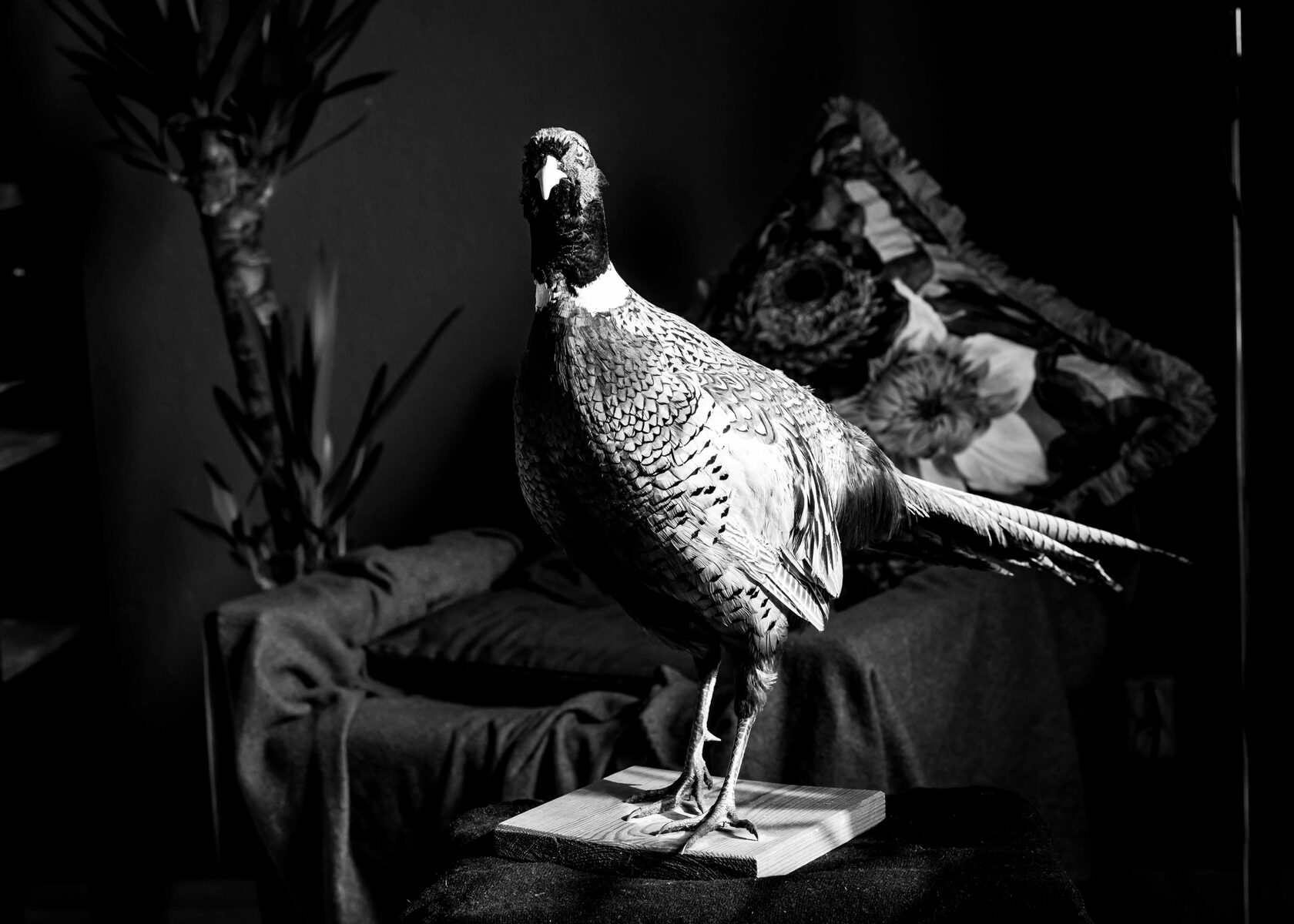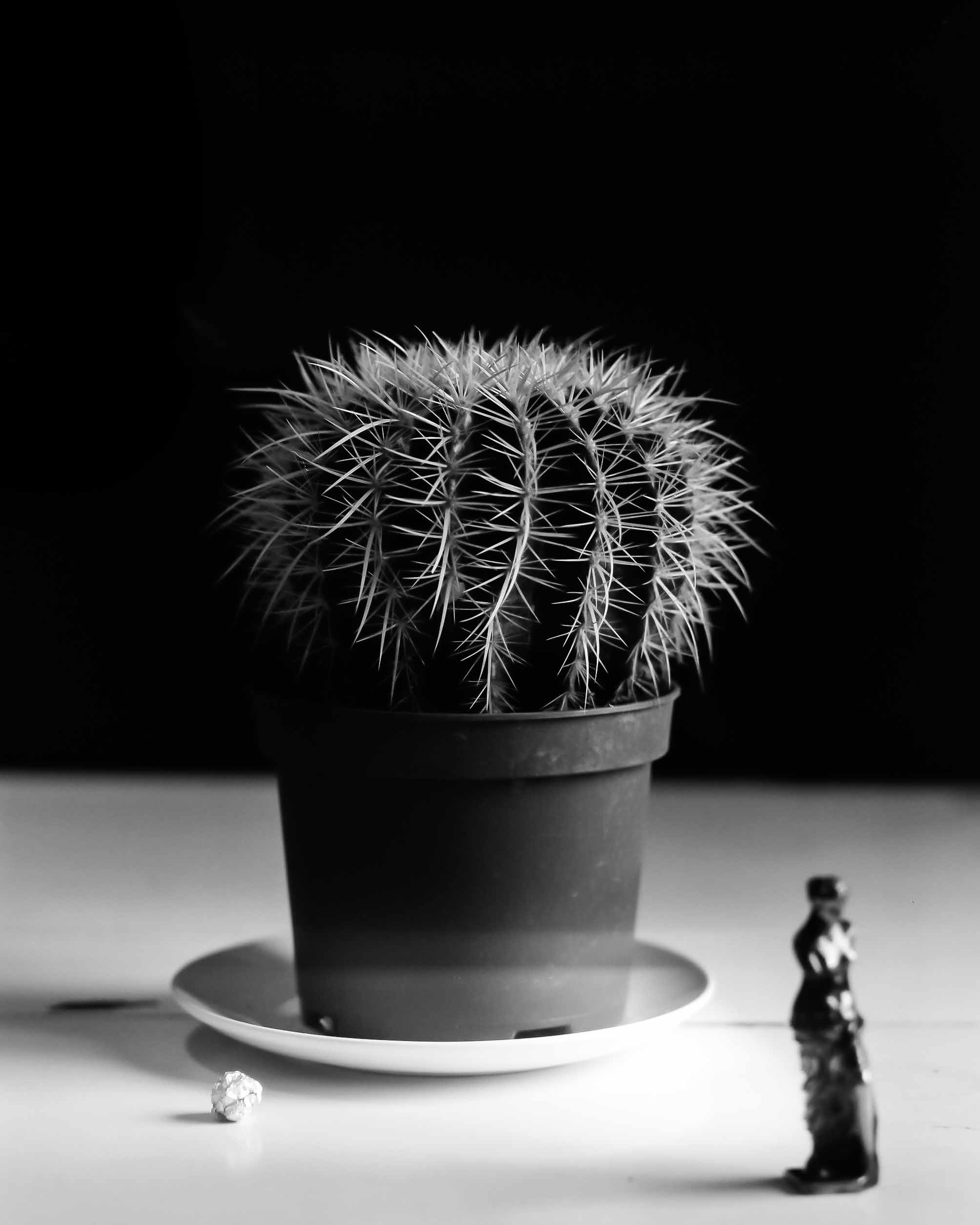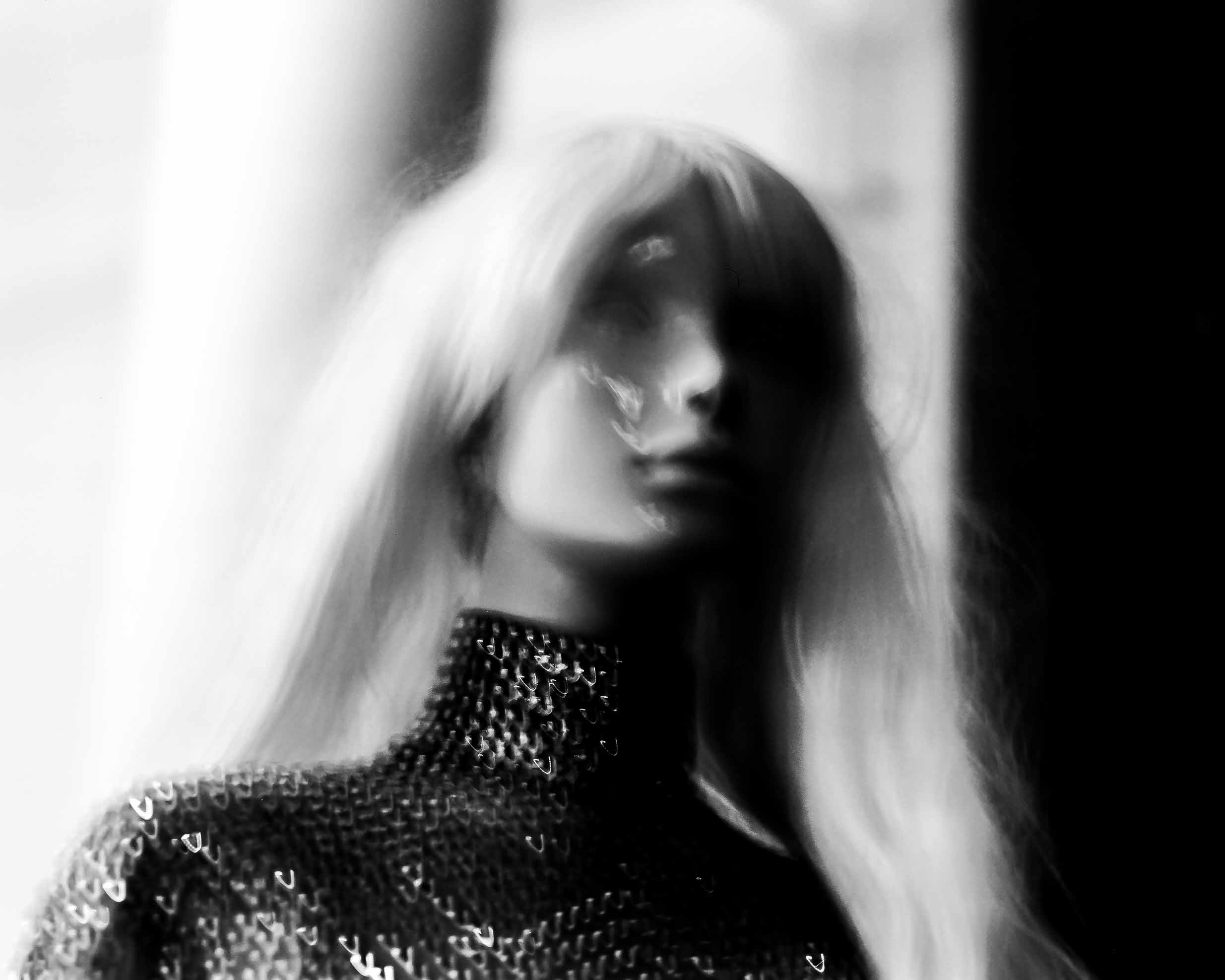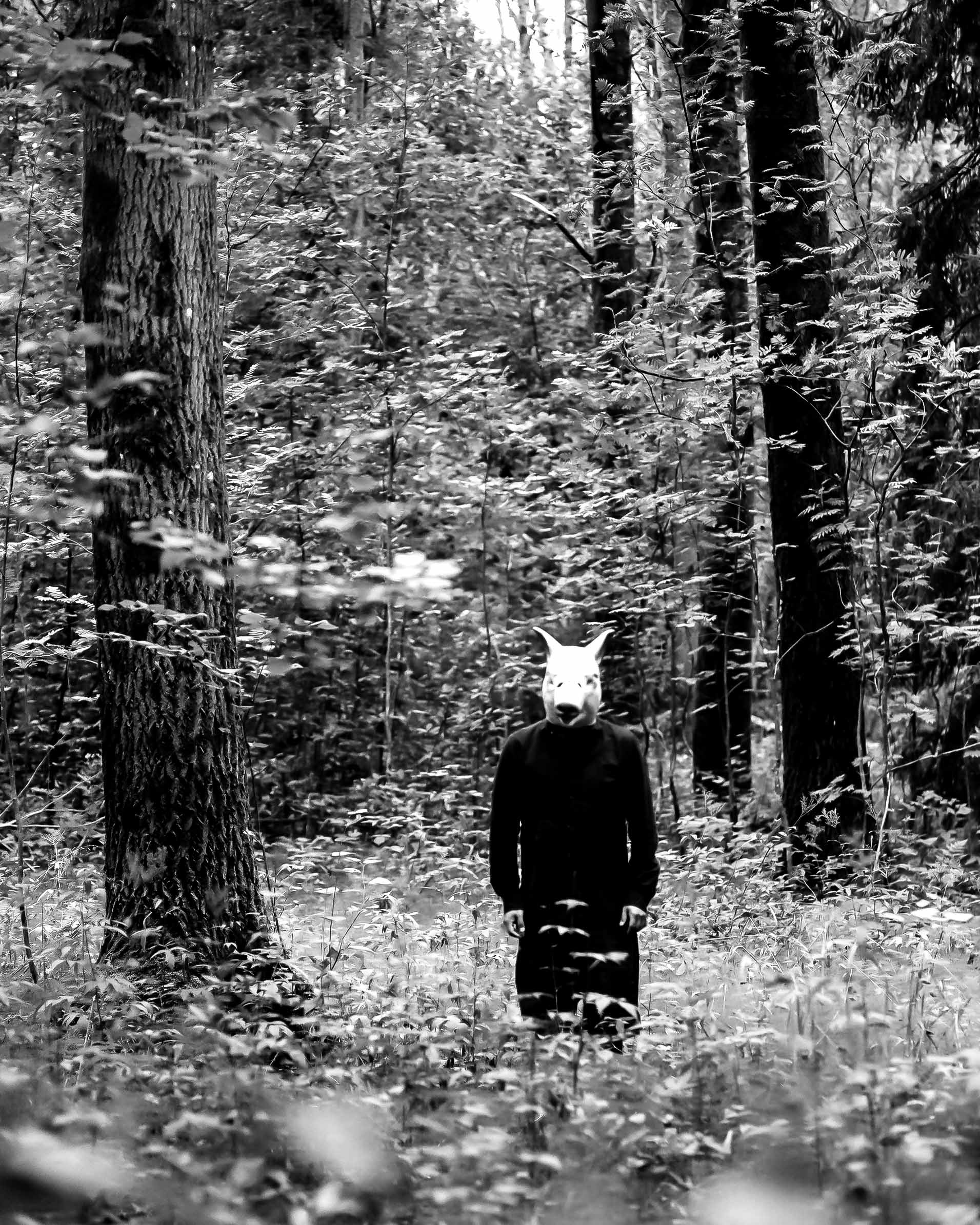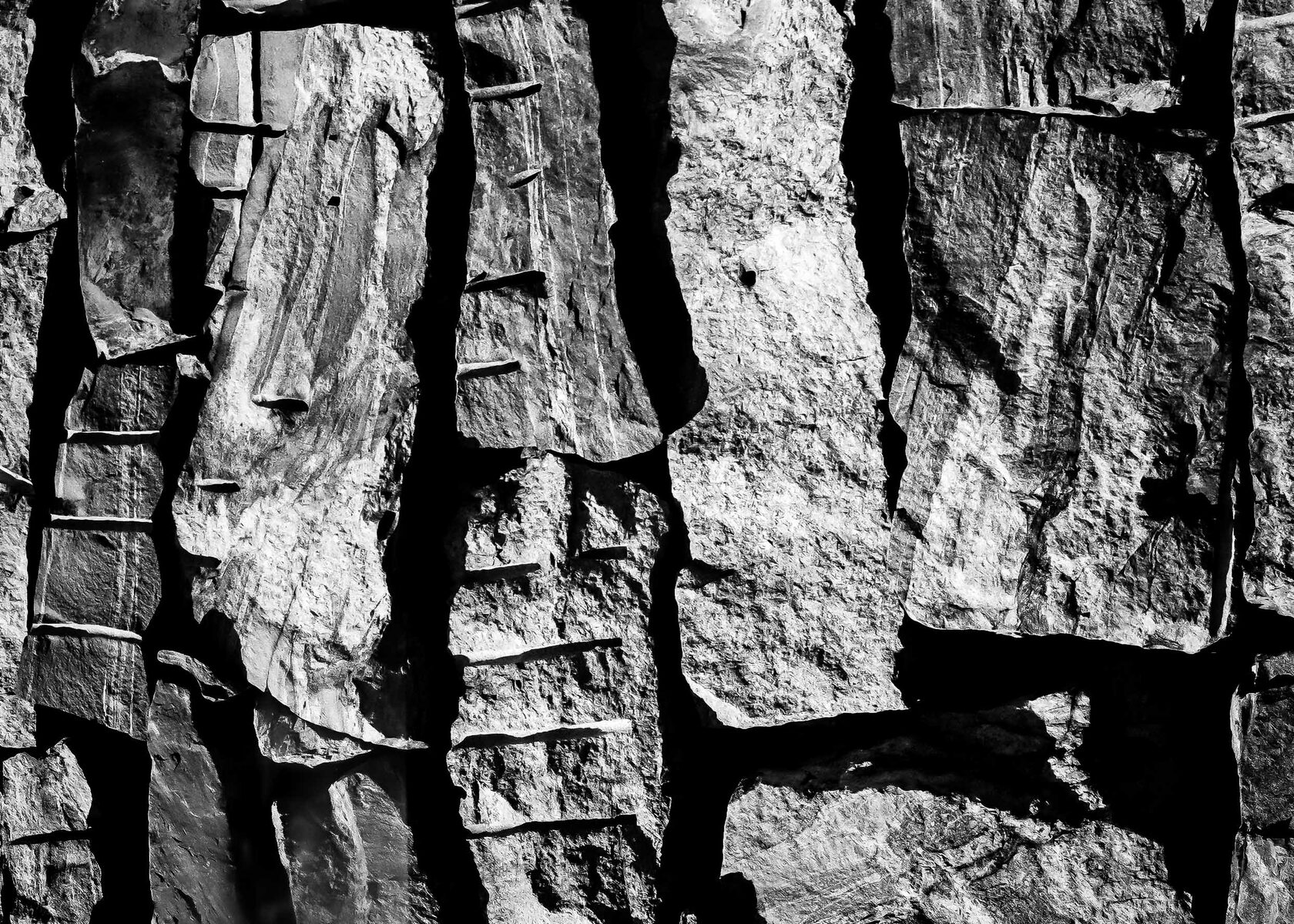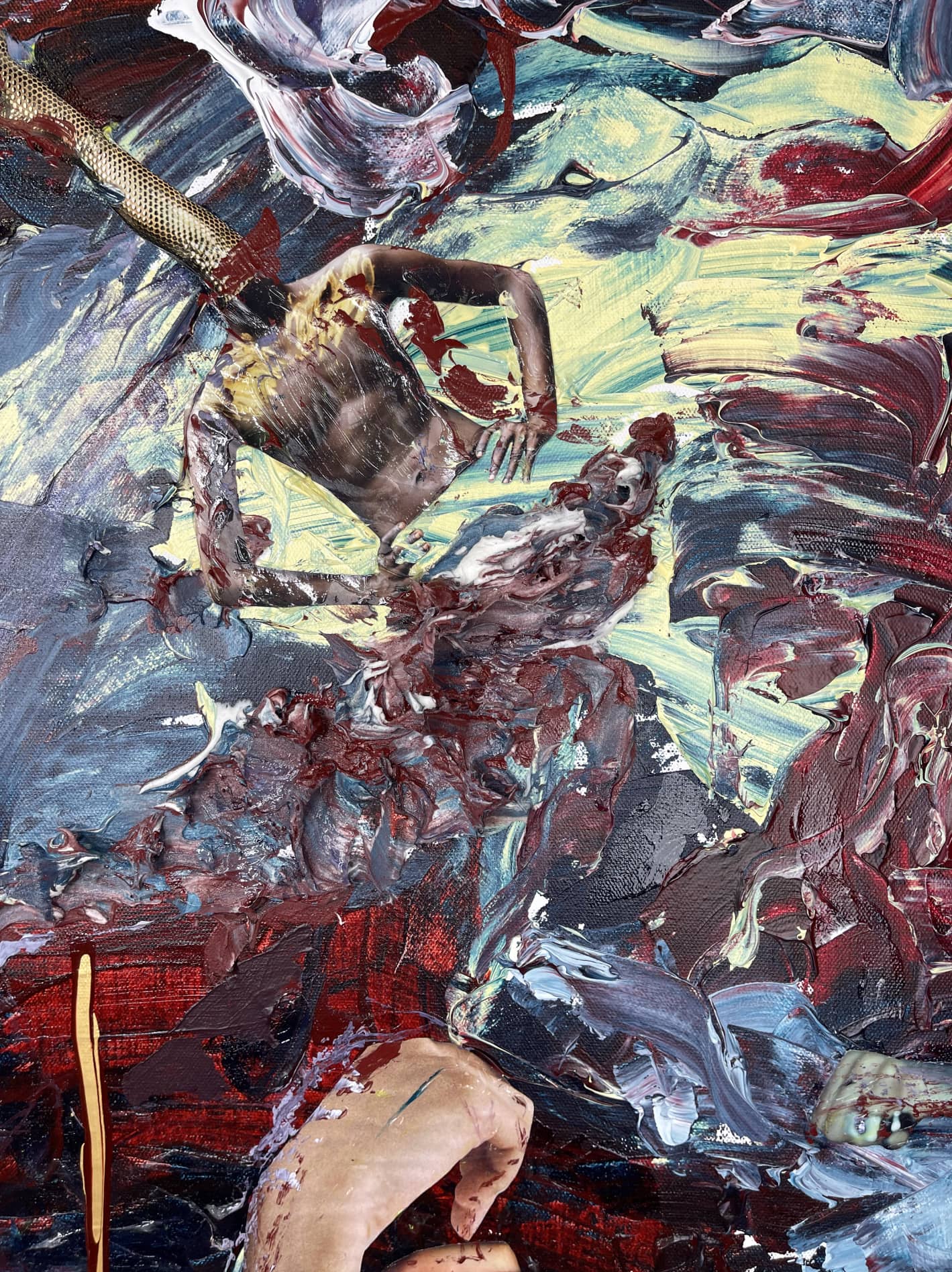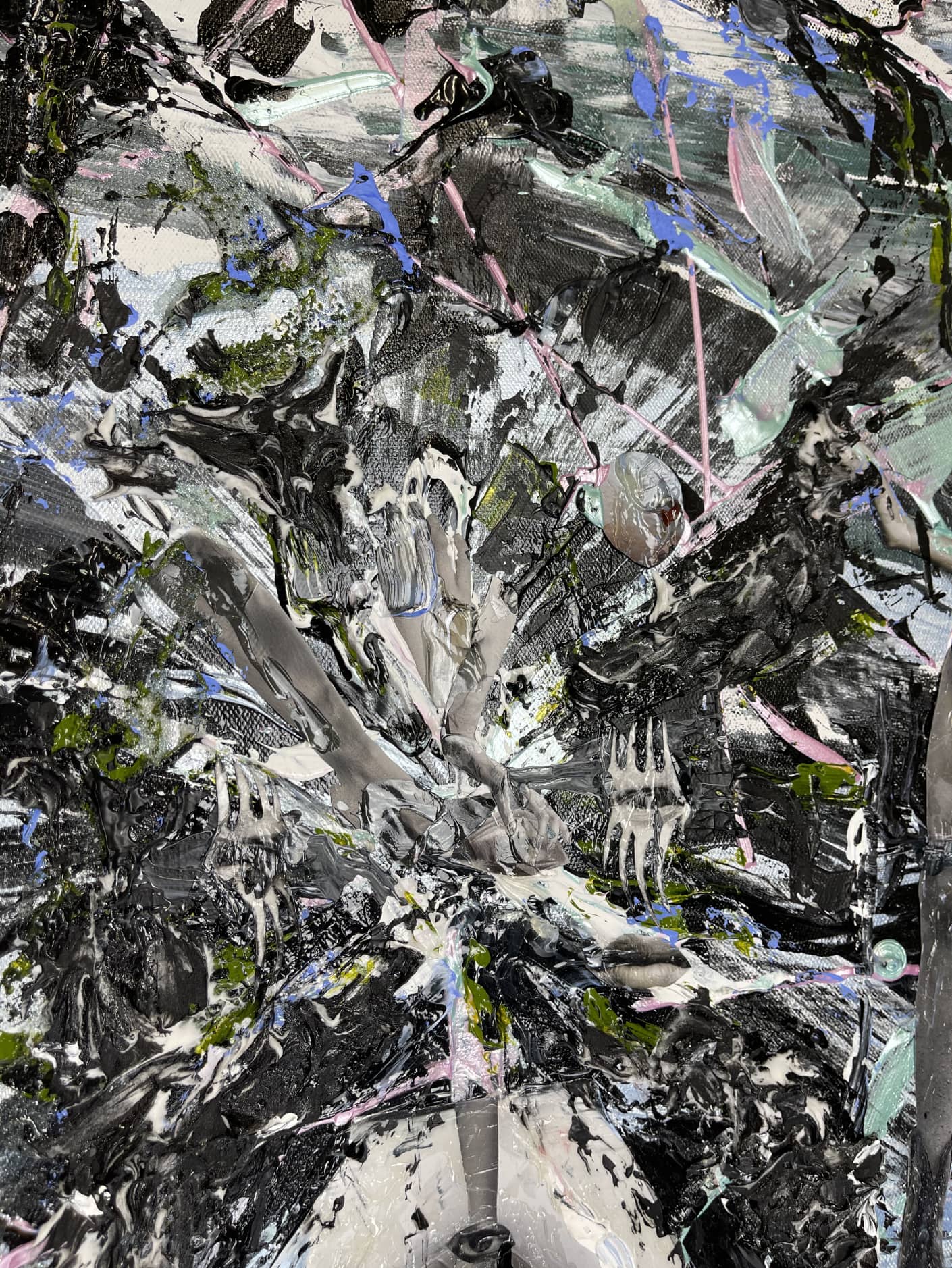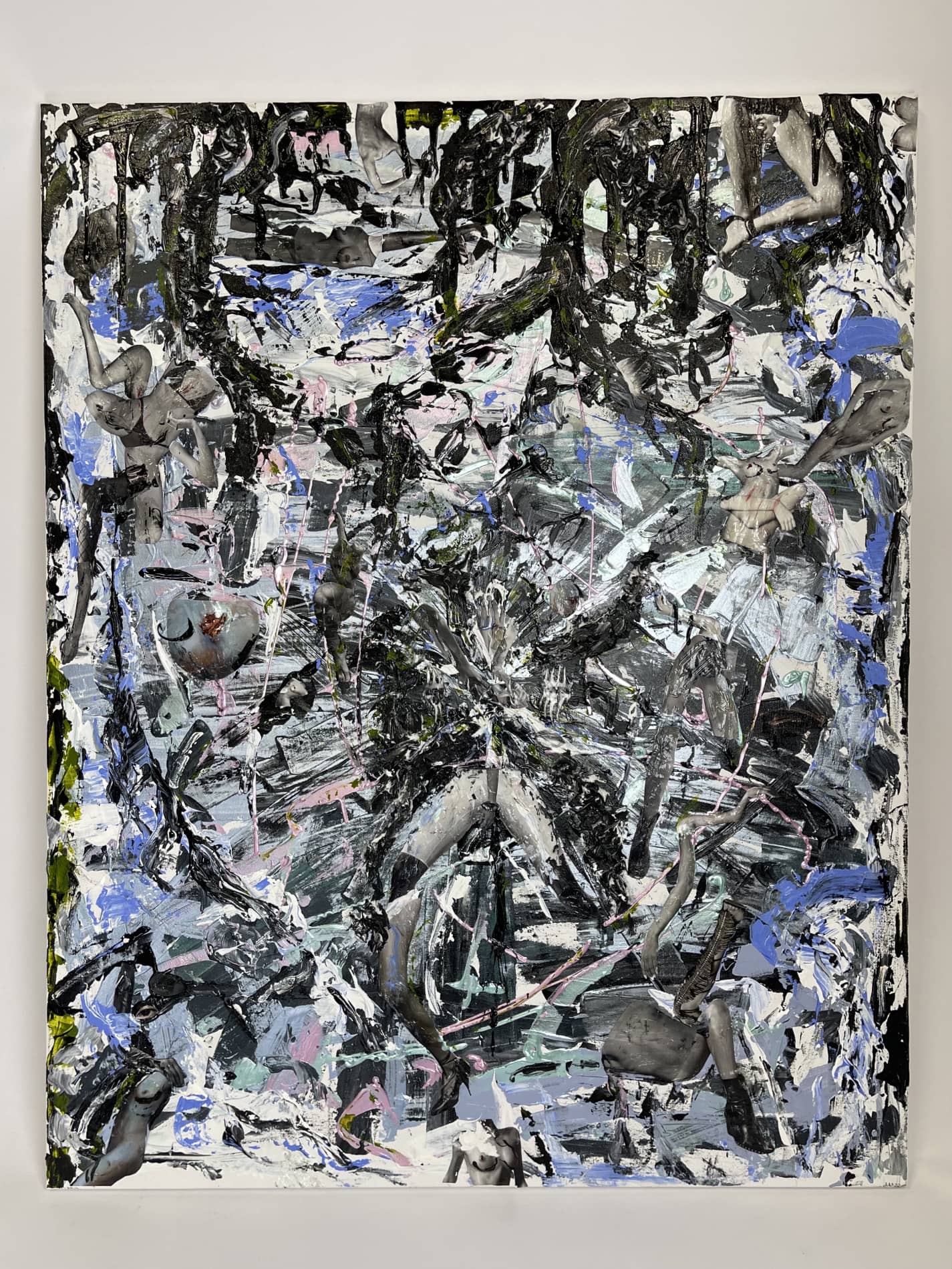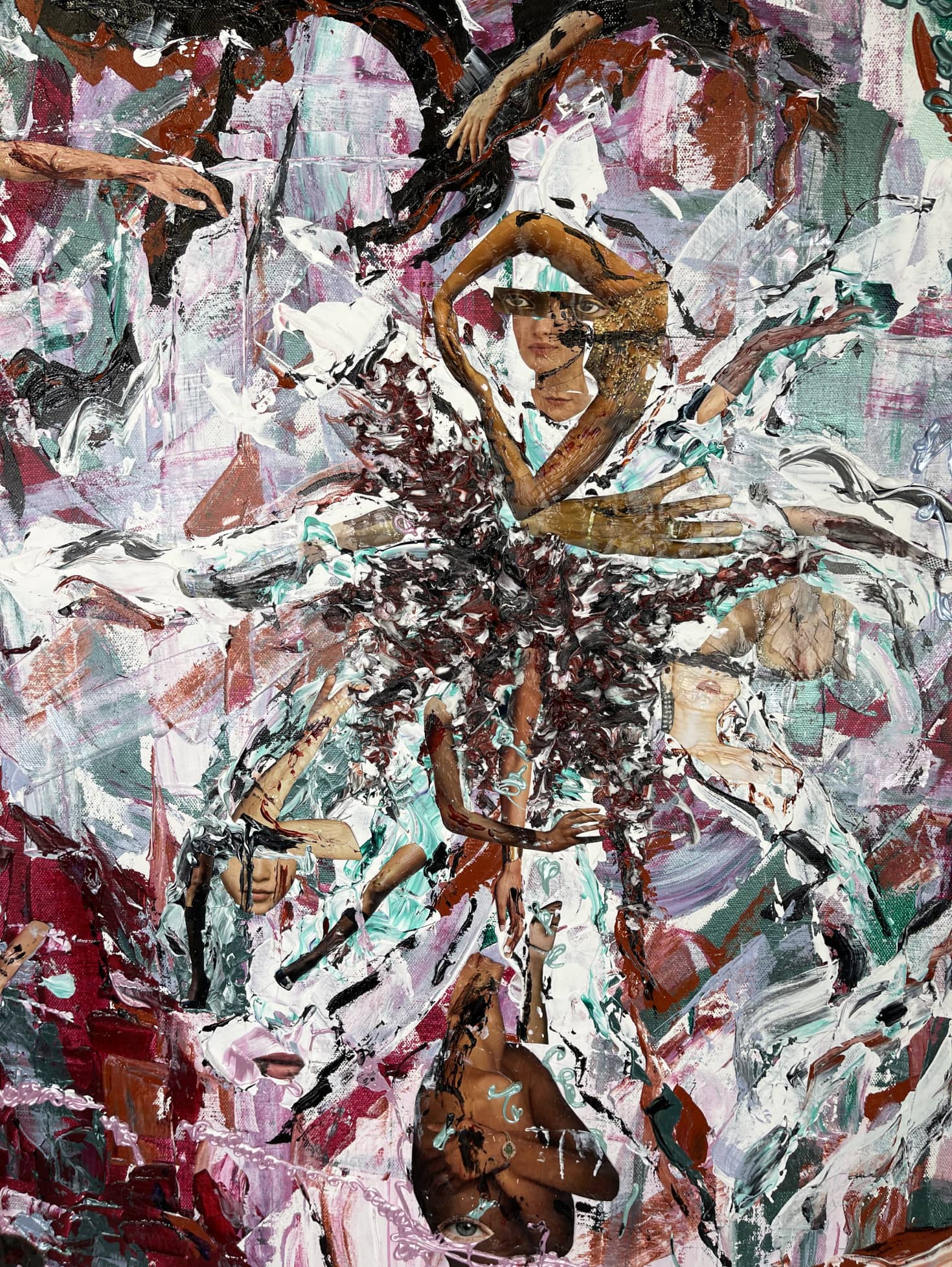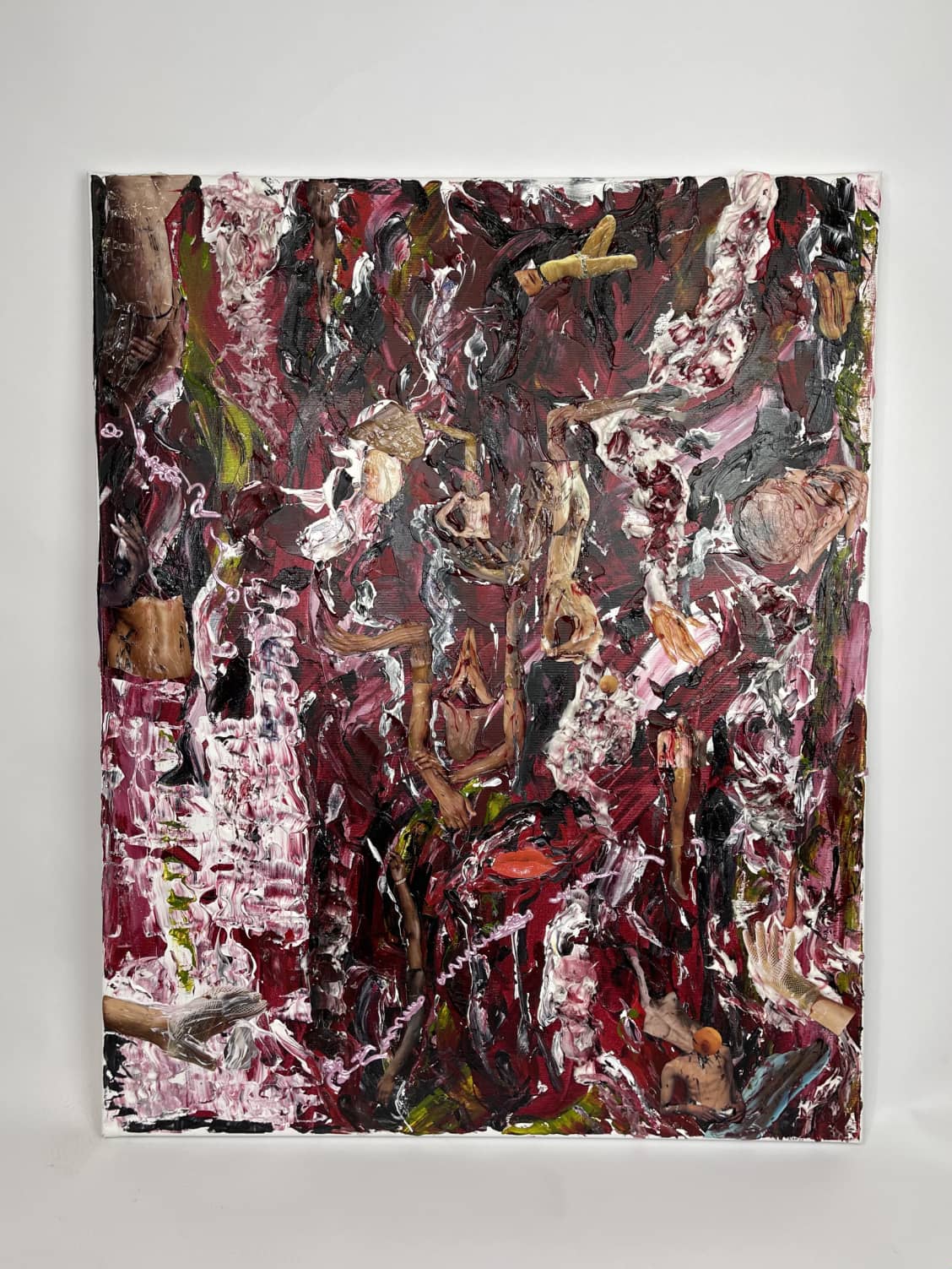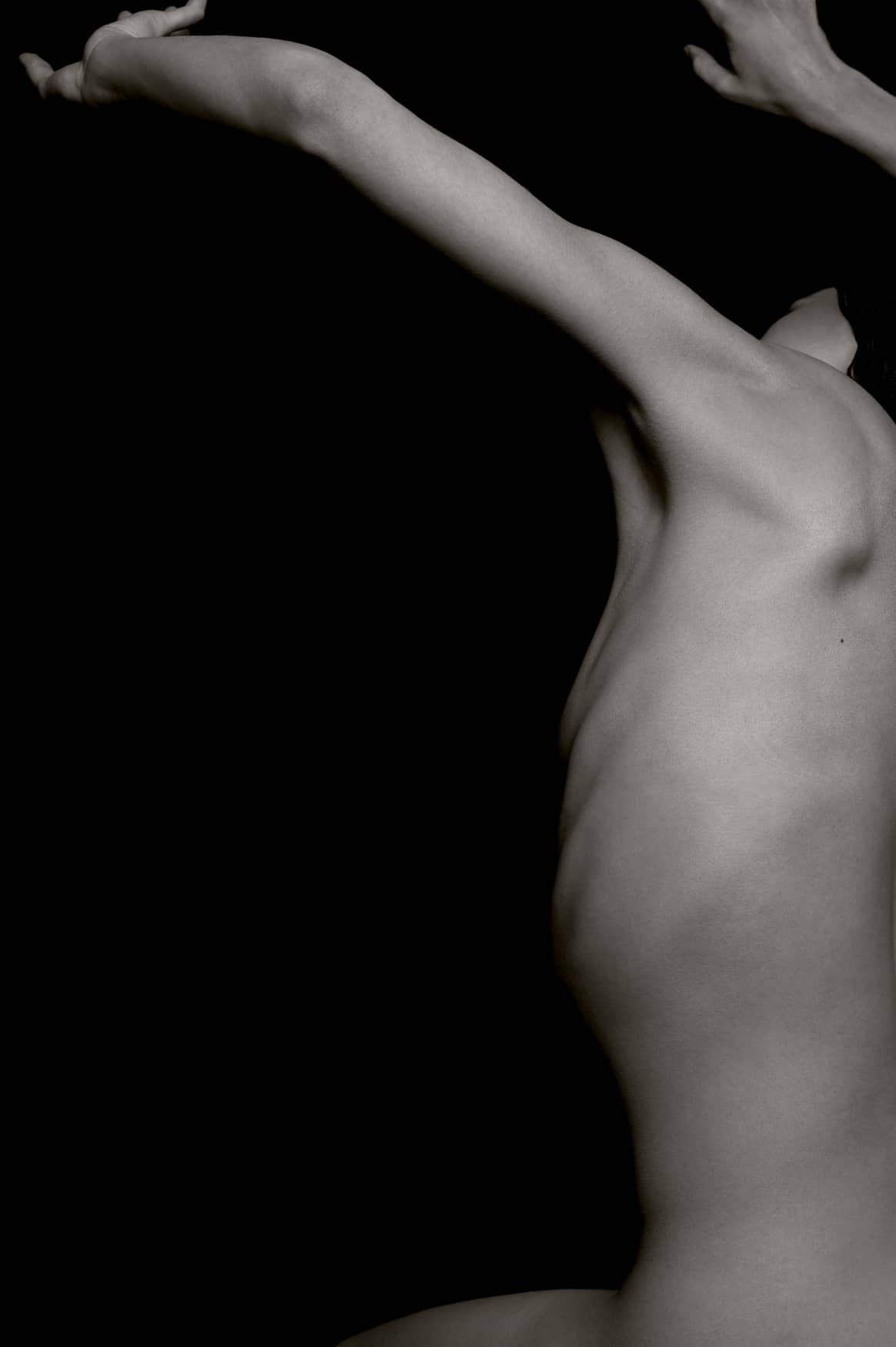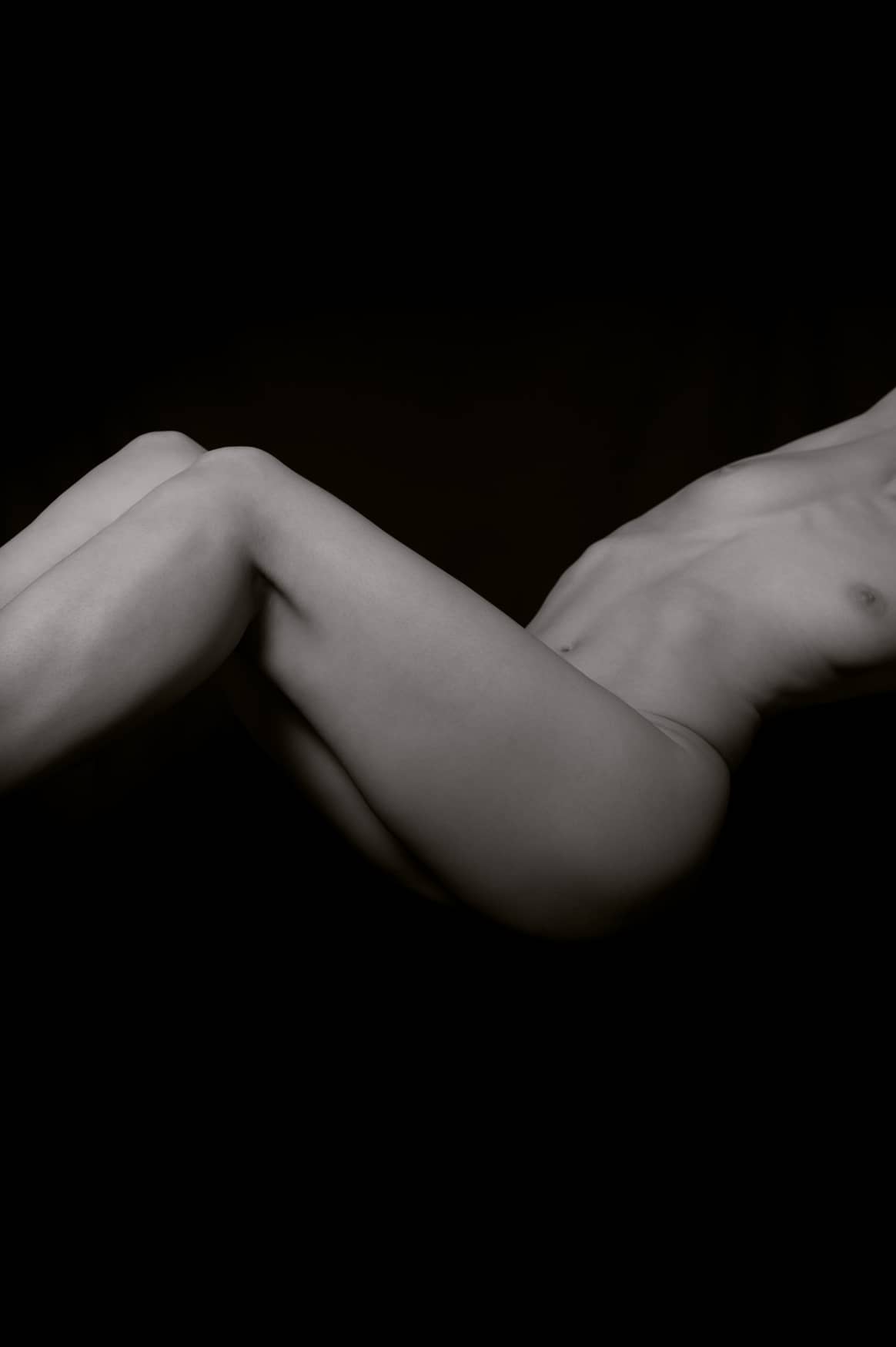
ART EVENTS
KVART finds it extremely unfair that tattooing is still considered as something shady and unimportant for people. Tattoos serve different purposes, from memorial ones to design. Everyone defines his own. We believe that by getting a new tattoo person can simply change his state of mental health. New piece can easily boost self love and confidence, heal something from the inside. Our main goal is to change the perception of society on tattoo industry.
To make a change for the industry, KVART studios decided to launch art oriented events. ‘CONNECT’ is the first series of the events, the main goal of which is to bring creatives together in order to build the community that thinks alike, as well as to enjoy the art in its different forms.
Our studio will provide the platform for other artists to showcase their art based on the topic of the events, as well as KVART artists will hold tattoo performances.
After the cultural part of the event it will always smoothly transform into the nice party, where the music will take over and everyone can freely express themselves on the dancefloor. Various photographers, painters, new media artists and DJs will take part in our events.
It will be an absolutely new format of events and we can’t wait to start changing the world through them.
In order to help young artists, which participate in KVART events we will promote their works through our platform. You can support them by purchasing their art through us or by working on the custom projects with them.
current event
CONNECT
CONNECT
We are living in a fast-changing environment surrounded by information. It’s everywhere. As a result of the endless consumption, it has become extremely hard to listen to yourself and not be distracted.
First of all, we have lost the actual feeling of ourselves and being present, which is one of the most common reasons for increasing mental problems among our generation.
Thoughts that we are following, usually lead us to the negative picture of reality, which is sometimes an illusion. Not a surprise, it became normal to suffer from panic attacks and anxieties.
Thoughts that we are following, usually lead us to the negative picture of reality, which is sometimes an illusion. Not a surprise, it became normal to suffer from panic attacks and anxieties.
Society teaches us to perceive ourselves as the separated part of our reality, blocking our true unity with the world. Self-presence and feeling of unity is the natural state from which we are forced to be distracted.
During the pandemic, power of social media, the biggest distraction we have, has increased even more and we all could not be more than thankful for having the opportunity to communicate with our loved ones. It’s truly amazing how we are able to stay in touch with anyone around the globe in a matter of seconds. But does virtual interaction really makes us feel more connected to each other or does it just buildlonger bridges between human beings and inside ourselves? Multiple studies have found a strong link between the growth of social media usage and increase in depression, anxiety, loneliness, self-harm and even suicidal thoughts. Wrong perception of your own body, life and interaction between human beings promoted in social media may be crucial breakpoints on how we perceive life.
The reason why we believe tattooing is a life changing experience, is because it helps you accept yourself for who you are. Not only is it a way to express yo urself, but is also a huge boost of self love, which essentially leads to a better world. Unfortunately, according to the Finnish law, tattooing is treated similarly to escort services, phone sex and fortune teller services. As tattoo artists, we find this extremely unfair as it should be accepted in society as a new form of art.
In the opening KVART event we want to make the first step by emphasising the importance of human connection, unity, acceptance and finding inner peace.
During the pandemic, power of social media, the biggest distraction we have, has increased even more and we all could not be more than thankful for having the opportunity to communicate with our loved ones. It’s truly amazing how we are able to stay in touch with anyone around the globe in a matter of seconds. But does virtual interaction really makes us feel more connected to each other or does it just buildlonger bridges between human beings and inside ourselves? Multiple studies have found a strong link between the growth of social media usage and increase in depression, anxiety, loneliness, self-harm and even suicidal thoughts. Wrong perception of your own body, life and interaction between human beings promoted in social media may be crucial breakpoints on how we perceive life.
The reason why we believe tattooing is a life changing experience, is because it helps you accept yourself for who you are. Not only is it a way to express yo urself, but is also a huge boost of self love, which essentially leads to a better world. Unfortunately, according to the Finnish law, tattooing is treated similarly to escort services, phone sex and fortune teller services. As tattoo artists, we find this extremely unfair as it should be accepted in society as a new form of art.
In the opening KVART event we want to make the first step by emphasising the importance of human connection, unity, acceptance and finding inner peace.
Full name:
GABRIELLA LE BLANC
Introduction:
Born in Los Angeles, CA, Gabriella Le Blanc has been working as a freelance artist, specializing with portraits and figurative artwork. She has grown in an international environment, raised by a Finnish mother and American father in California. She moved to Helsinki at 16 years old and continued her studies in Rudolf Steiner school which played an integral role in developing her artistic attributes and interests. After graduating, she worked in the fashion retail industry and painted while working. She started her own business as a freelance artist in March 2020 which after that, she has painted clientele in live painting sessions and created custom figurative representations, feminine silhouettes, and fashion illustrations as commissions.
Description:
Each art piece has separate description.
Born in Los Angeles, CA, Gabriella Le Blanc has been working as a freelance artist, specializing with portraits and figurative artwork. She has grown in an international environment, raised by a Finnish mother and American father in California. She moved to Helsinki at 16 years old and continued her studies in Rudolf Steiner school which played an integral role in developing her artistic attributes and interests. After graduating, she worked in the fashion retail industry and painted while working. She started her own business as a freelance artist in March 2020 which after that, she has painted clientele in live painting sessions and created custom figurative representations, feminine silhouettes, and fashion illustrations as commissions.
Description:
Each art piece has separate description.
Full name:
JAIME CULEBRO
Introduction:
J. Culebro is a photographer and audiovisual producer, activist and engineer originally from Chiapas, Mexico. Culebro’s photographic work explores solitary fragments of urban landscapes, unknown characters, memories, objects and abstractions of reality. His work has a special interest regarding climate change, sustainability and environmental conflicts. He define his work as a “mixture of cinematic style peppered with darkness and mystery.
Description:
The presented pictures assembled by Jaime Culebro use the camera as a sort of a storytelling medium, but there is a catch:
At first glance the viewer might be able to recognise some references to iconic painters from Finnish national art: I, personally, perceive certain sober dramatism familiar from Gallen-Kallela ́s mid 1890’s obscure paintings, for instance, as well as the elements of taxidermy and masked characters that Culebro seems to bring in response to Ferdinand von Wright’s bird paintings. Both examples show Culebro's effort to portray a narrative that goes deep into the fictional realm, but not only.
Knowing Culebro for some years now, it is clear to me that he also pulls elements from his immediate life into his photographic art work. Life and photography seem to be inherently connected in the photographer's eye considering that, contentwise, the author tends to tell and capture his rusty journeys through Helsinki (and his history with Europe) as part of overall semantics. At the same time, the images in this serie were composed catching the momentum and utilising the surrounding or complementary elements into the scenery; so, therefore, these photographs could be essentially considered ‘documentary’ for the same reason that they aren't. His work, factually and empirically, connects fiction and reality, and the usage of film (Mamiya Rb67) is reinforced by the author's intention to portray uniqueness through technical precision. On one hand, Culebro makes a persistent usage of 'incidental sceneries', because there’s neither studio nor are there staged moments. The pictures are a mystery but the places and people remain a snatch into the intimacy of the photographer (his son, his house, his masks, his view, and even his silent states of mind). In parallel, the photographer explores broader concepts connected to his individual history such as fatherhood, diaspora, mental illness, self awareness, animosity and childhood.
In summary, there is something odd in Culebro’s work. Something that resembles a broken narrative which is not obvious, because the photo series portray its storyline in abstract and, yet, its elements are as real and daily as those moments that ultimately remain closed to the viewer. Quite refreshing and disturbing, poetic, I might say, and, therefore, an intrigue.
Daniel Malpica, Punavuori, 2022
J. Culebro is a photographer and audiovisual producer, activist and engineer originally from Chiapas, Mexico. Culebro’s photographic work explores solitary fragments of urban landscapes, unknown characters, memories, objects and abstractions of reality. His work has a special interest regarding climate change, sustainability and environmental conflicts. He define his work as a “mixture of cinematic style peppered with darkness and mystery.
Description:
The presented pictures assembled by Jaime Culebro use the camera as a sort of a storytelling medium, but there is a catch:
At first glance the viewer might be able to recognise some references to iconic painters from Finnish national art: I, personally, perceive certain sober dramatism familiar from Gallen-Kallela ́s mid 1890’s obscure paintings, for instance, as well as the elements of taxidermy and masked characters that Culebro seems to bring in response to Ferdinand von Wright’s bird paintings. Both examples show Culebro's effort to portray a narrative that goes deep into the fictional realm, but not only.
Knowing Culebro for some years now, it is clear to me that he also pulls elements from his immediate life into his photographic art work. Life and photography seem to be inherently connected in the photographer's eye considering that, contentwise, the author tends to tell and capture his rusty journeys through Helsinki (and his history with Europe) as part of overall semantics. At the same time, the images in this serie were composed catching the momentum and utilising the surrounding or complementary elements into the scenery; so, therefore, these photographs could be essentially considered ‘documentary’ for the same reason that they aren't. His work, factually and empirically, connects fiction and reality, and the usage of film (Mamiya Rb67) is reinforced by the author's intention to portray uniqueness through technical precision. On one hand, Culebro makes a persistent usage of 'incidental sceneries', because there’s neither studio nor are there staged moments. The pictures are a mystery but the places and people remain a snatch into the intimacy of the photographer (his son, his house, his masks, his view, and even his silent states of mind). In parallel, the photographer explores broader concepts connected to his individual history such as fatherhood, diaspora, mental illness, self awareness, animosity and childhood.
In summary, there is something odd in Culebro’s work. Something that resembles a broken narrative which is not obvious, because the photo series portray its storyline in abstract and, yet, its elements are as real and daily as those moments that ultimately remain closed to the viewer. Quite refreshing and disturbing, poetic, I might say, and, therefore, an intrigue.
Daniel Malpica, Punavuori, 2022
ALL ITEMS
Full name:
Alba Ala-Pietilä
Introduction:
Alba studies aesthetics and film in the University of Helsinki and resides right now in Gothenburg studying Scandinavian culture studies. In her paintings she is focused on the feministic and surrealistic qualities of art especially through its formalistic and associative features.
Description:
The five paintings construct a series that examines the impacts that the contemporary person faces in the era of social media and continuous pressure of improvement. The influence is apparent and present but not quite conceivable. This stirs somewhat surrealistic disarray in our minds and perception which leaves us confused in face of the vague but dominant requirements. The painting series however strives to bring out the best of it by embracing the confusion and malfunction.
Acrylics on canvas.
Alba studies aesthetics and film in the University of Helsinki and resides right now in Gothenburg studying Scandinavian culture studies. In her paintings she is focused on the feministic and surrealistic qualities of art especially through its formalistic and associative features.
Description:
The five paintings construct a series that examines the impacts that the contemporary person faces in the era of social media and continuous pressure of improvement. The influence is apparent and present but not quite conceivable. This stirs somewhat surrealistic disarray in our minds and perception which leaves us confused in face of the vague but dominant requirements. The painting series however strives to bring out the best of it by embracing the confusion and malfunction.
Acrylics on canvas.
Full name:
Lotta Böhm
Name of the series:
A Constant Presence
Introduction:
Böhm is a Helsinki-based photographer inspired by genuine human connections, clear lines and
silhouettes. She wants to create art that evoke emotions.
INTRO TO THE SERIES:
In her series, A Constant Presence, Böhm examines the human mind. In it, the subject resonates
as the connection between human and their mental state. In Böhm’s works, figurations are often
created by the bare human body.
We live in a society where mental problems are more or less new norm, whether it’s anxiety,
depression, loneliness or something else from the endless book of emotions. This series is
dedicated to everyone who goes through or has gone through any of these feelings. You’re not
alone. Connect.
A Constant Presence
Introduction:
Böhm is a Helsinki-based photographer inspired by genuine human connections, clear lines and
silhouettes. She wants to create art that evoke emotions.
INTRO TO THE SERIES:
In her series, A Constant Presence, Böhm examines the human mind. In it, the subject resonates
as the connection between human and their mental state. In Böhm’s works, figurations are often
created by the bare human body.
We live in a society where mental problems are more or less new norm, whether it’s anxiety,
depression, loneliness or something else from the endless book of emotions. This series is
dedicated to everyone who goes through or has gone through any of these feelings. You’re not
alone. Connect.
ALL ITEMS
kvARTKVARTKVARTKVARTKVARTKVARTKVARTKVARTKVARTKVARTKVARTKVARTKVARTKVARTKVARTKVARTKVARTKVARTKVARTKVARTKVARTKVARTKVARTKVARTKVARTKVARTKVARTKVARTKVARTKVARTKVARTKVARTKVARTKVARTKVARTKVARTKVARTKVART
kvARTKVARTKVARTKVARTKVARTKVARTKVARTKVARTKVARTKVARTKVARTKVARTKVARTKVARTKVARTKVARTKVARTKVARTKVARTKVARTKVARTKVARTKVARTKVARTKVARTKVARTKVARTKVARTKVARTKVARTKVARTKVARTKVARTKVARTKVARTKVARTKVARTKVART


